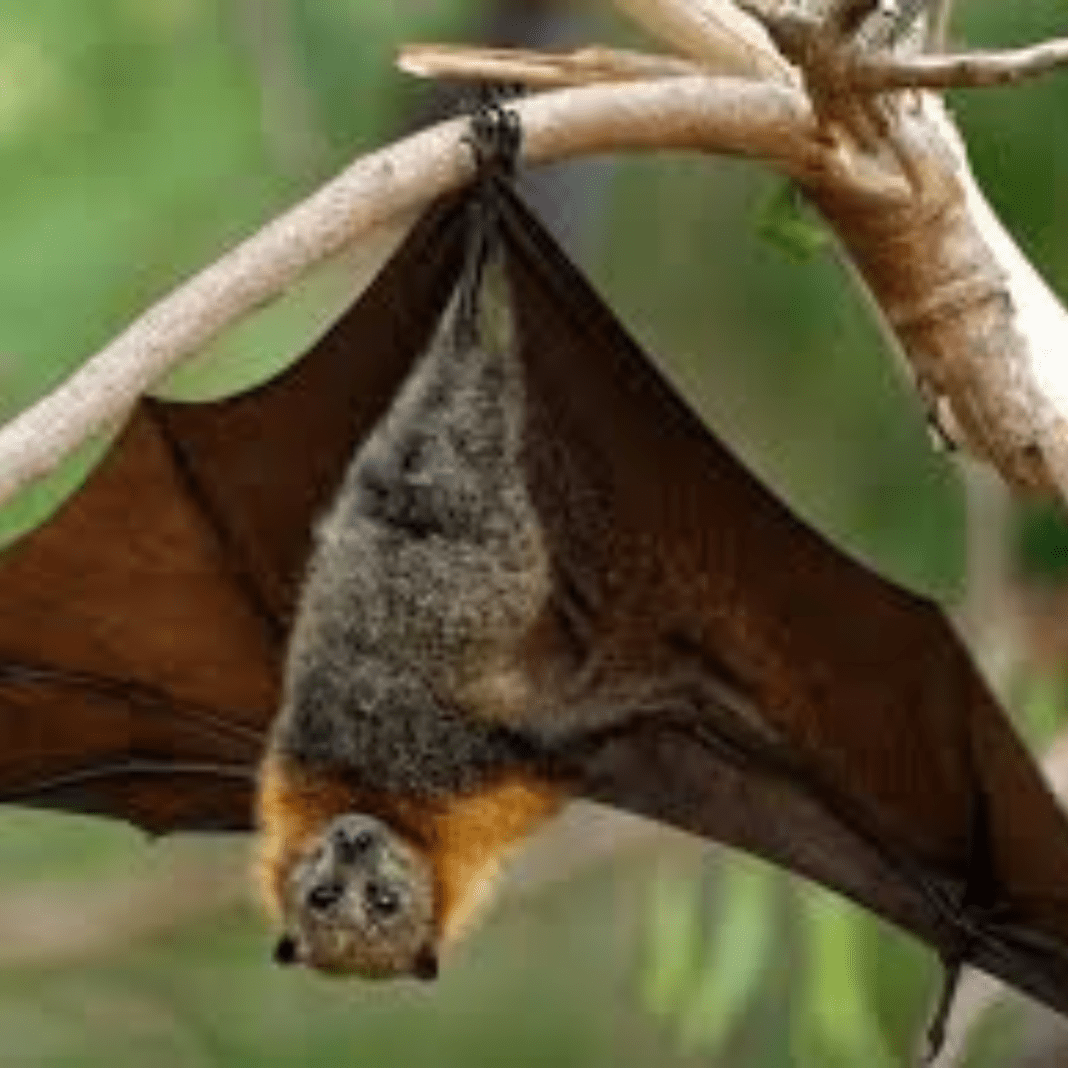New research has unexpectedly linked disappearing bat populations to a rise in infant deaths. According to the new study, published in Science, an insects-eating bat decline led to an increase in infant mortality.
Bat Decline and Pesticide Use
Beginning in 2006, all North American bat populations have been affected by a fungal disease called white-nose syndrome. The disease has massively affected the North American bat population during hibernation and has taken high death rates among the afflicted bat populations. First identified in New York, this fungus spread across the U.S., from Alaska to Florida.
As the bat numbers went down, farmers resorted to chemical pesticides to contain the infestations. According to Eyal Frank, an assistant professor at the Harris School of Public Policy and the study’s author, the rise in pesticide use was directly because of the loss of bats. “Farmers used more insecticides to replace the lost natural pest control, which led to adverse health effects,” Frank said.
Infant Deaths Linked to Increase in Pesticides
The study compared counties that experienced severe die-offs with those that did not have any loss of bat populations. According to the researchers, pesticide use jumped by about 31 percent in counties hit by the bat disease. This uptick in pesticide application was followed by an almost 8 percent rise in infant mortality, ultimately resulting in an estimated 1,334 extra deaths.
The increased pesticide use coincided with the arrival of white-nose syndrome in those areas. By contrast, mortality rates in counties not experiencing bat die-offs did not increase. The researchers controlled for other possible confounders, such as deaths due to drugs, economic conditions, and changes in crop types planted.
Although the study points to a strong linkage of bat die-offs with increased infant deaths, proving causality remains tough. For critics, direct experiments must be manipulation of species abundance to have more definitive conclusions. The research thus puts up a case that bats do play a vital role in ecological balance and the maintenance of human health.
Economic and Health Impacts
The study also found how the economic losses were linked to declines in the bat population. Pesticides, though becoming increasingly used, did not prove as effective in the control of pests as bats themselves do. Due to such inefficiency, almost a 29 percent drop in crop quality and farmers’ revenues happened. This totally accounted for the $26.9 billion loss of farmers between the years 2006 and 2017.
Adding health impacts brings this number up to $39.6 billion, which includes $12.4 billion for the damages due to infant mortality. That number makes the ramifications of bat population decline very serious.
Efforts to Combat the Fungal Disease
The fungal threat to the bat species remains huge. Generally, it is very hard to eradicate invasive species, especially fungi, once they have taken hold. In that respect, to limit further spread, disinfection has to be done on footwear used inside such caves.
Research is also underway to explore solutions that could help bat populations recover. Scientists are cautiously optimistic about genetic variations that may confer some resistance to the fungus. Vaccination programs are in development. The USGS National Wildlife Health Center and the Wisconsin Department of Natural Resources are working on promising vaccines that could fight the disease.
Ozone Layer at Risk: Starlink Satellites Pose New Threat
Looking Ahead
The link of the bat population declines with rising infant mortalities brings us to the nexus among wildlife, agriculture, and public health. The protection of bat populations is hence not only for saving these animals but to avoid further economic and health impacts.
There are continued efforts toward understanding what these declines are implying for bat populations and, where possible, mitigating their impacts. Innovation in the solutions and strategies for the conservation of bats provides a glimmer of hope that bat populations will recover and continue to play their important role in pest control, benefiting ecosystems and human health.
For now, the battle is against its spread and finding ways to protect the bat populations effectively. In the process and as the research continues to progress, cautious optimism that the new strategies may help restore the balance and reduce the ripple on agriculture and public health.





